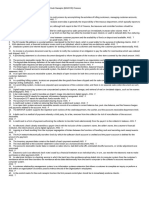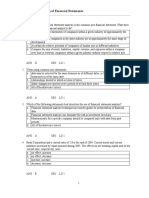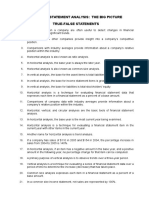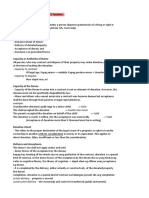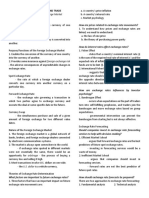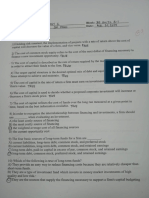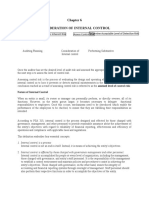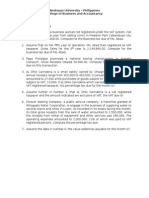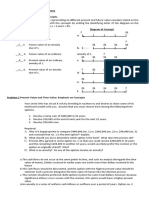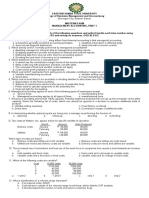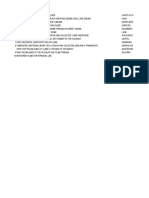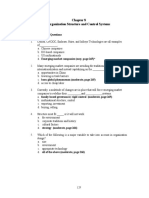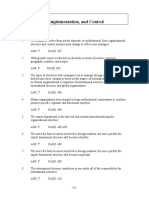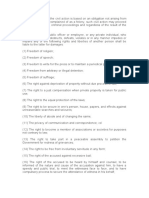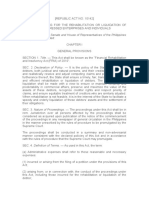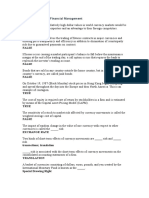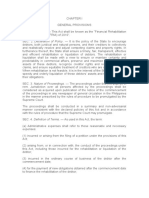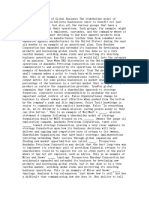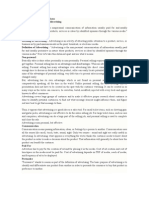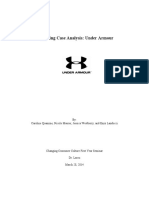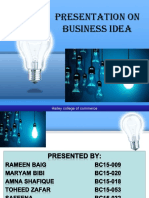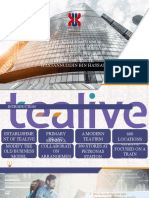0% found this document useful (0 votes)
1K views3 pagesChapter 10
The document discusses different types of organizational structures used by global businesses, including functional, divisional, matrix, and stateless structures. A functional structure organizes a business by specialized functions, while a divisional structure separates the business into product, geographic, or customer divisions. A matrix structure combines functional and divisional approaches, giving both functional and project managers equal authority. Stateless corporations transcend any single home country.
Uploaded by
Adam SmithCopyright
© © All Rights Reserved
We take content rights seriously. If you suspect this is your content, claim it here.
Available Formats
Download as DOCX, PDF, TXT or read online on Scribd
0% found this document useful (0 votes)
1K views3 pagesChapter 10
The document discusses different types of organizational structures used by global businesses, including functional, divisional, matrix, and stateless structures. A functional structure organizes a business by specialized functions, while a divisional structure separates the business into product, geographic, or customer divisions. A matrix structure combines functional and divisional approaches, giving both functional and project managers equal authority. Stateless corporations transcend any single home country.
Uploaded by
Adam SmithCopyright
© © All Rights Reserved
We take content rights seriously. If you suspect this is your content, claim it here.
Available Formats
Download as DOCX, PDF, TXT or read online on Scribd
/ 3






